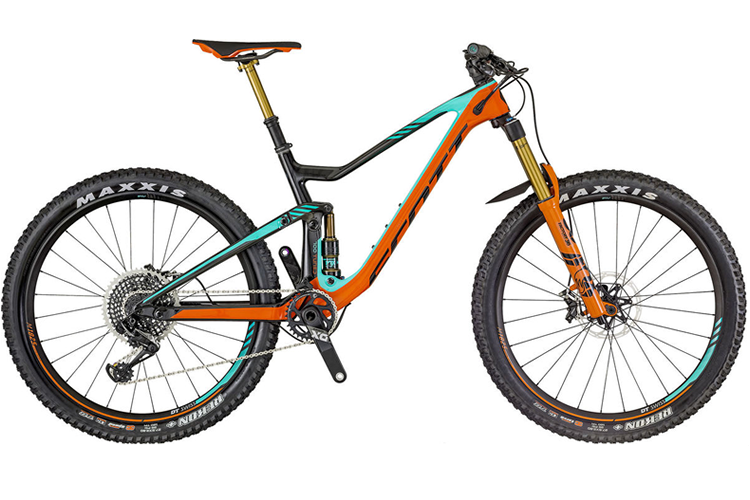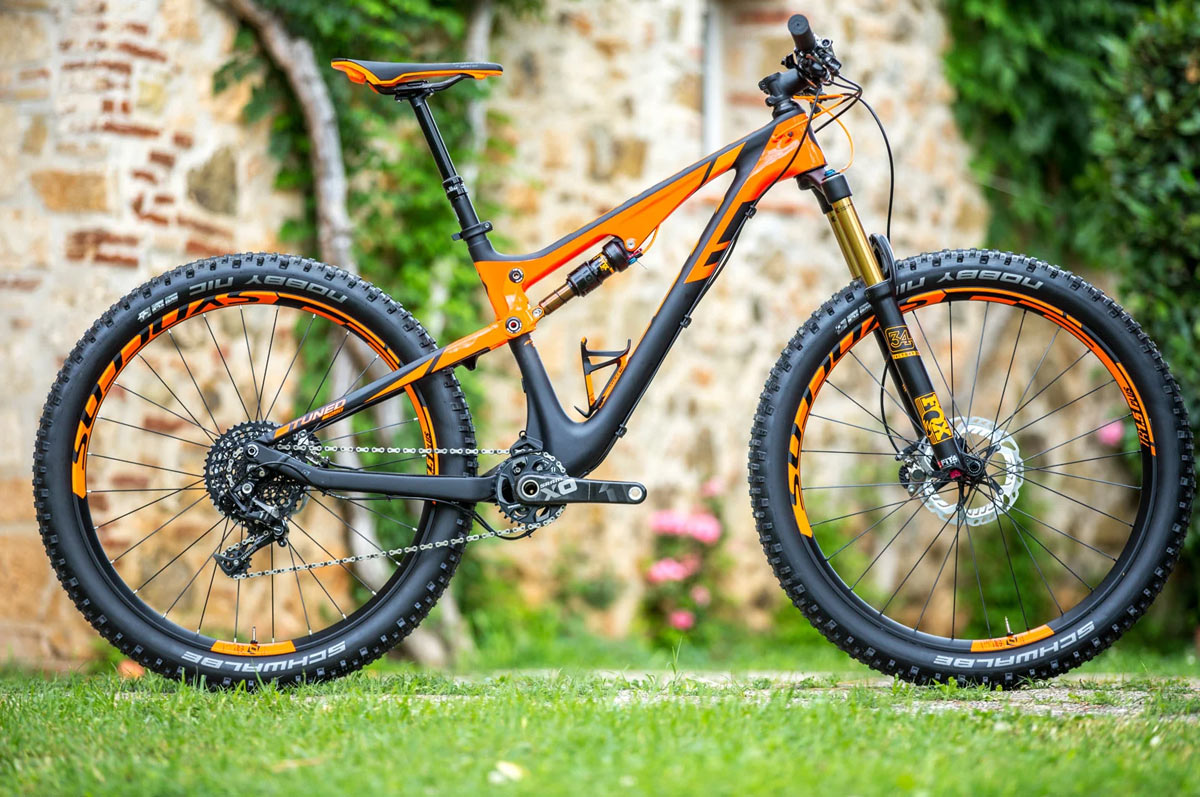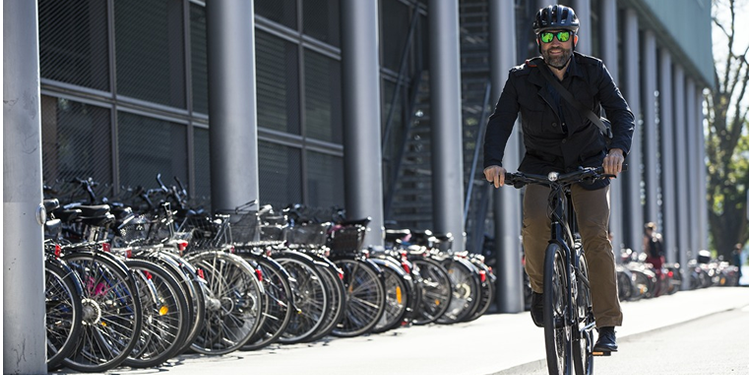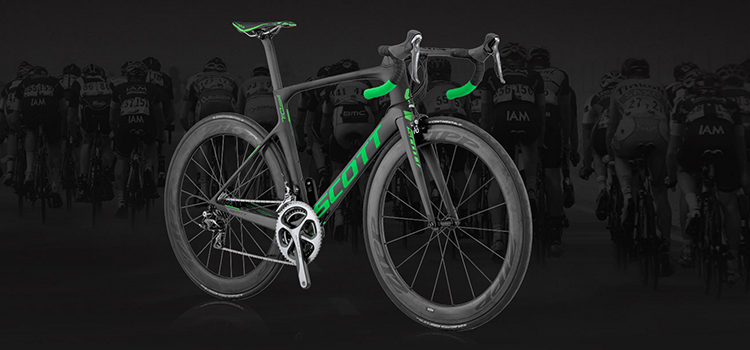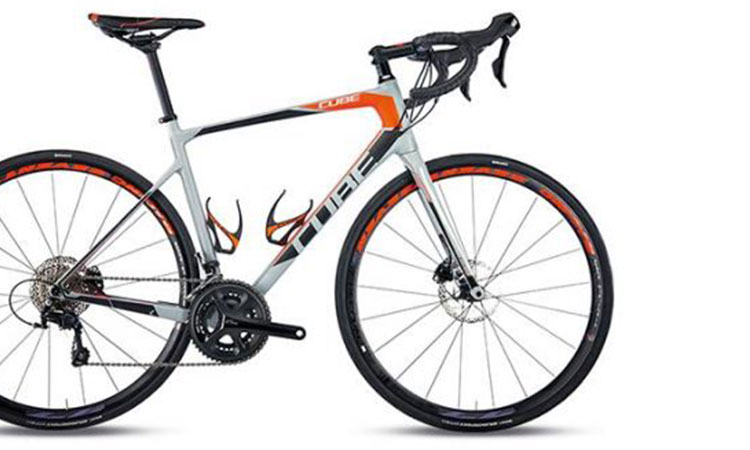After years of unchanging sizes, mountain bike wheels have recently undergone – if you’ll pardon the pun – a revolution. The options now are vast. But what does it all mean? What’s a fat bike, and what’s a Plus bike? And where does Boost, 27.5in and 29in fit in? Here’s the Hargroves Cycles guide…
Both fat bikes and Plus bikes are judged in relation to ‘regular’ bikes, so first let’s define them. For many years, off-road tyres stayed between 2.1in and 2.3in wide, while rim widths slowly crept from 17-19mm to 21-26mm. Although ‘regular’ rims have recently spread up to 30mm (thanks largely to the emergence of fat bikes), 2.3in tyres are still the norm.
Fat bikes, by contrast, have massive 4in-5in tyres sitting on 80-100mm wide rims. This means they need special extra-wide cranks, hubs and frames.
Plus bike sit between ‘regular’ bikes and full-on fat bikes, featuring 2.8in-3in tyres and 40-50mm rims. They fit into regular frames, so all the other components can remain standard.
Don’t get this expansion confused with wheel diameters, which have followed a similar trajectory of late. After many years of nothing but 26in wheels, a sudden rise in popularity for 29ers was rapidly followed by the midway option of 27.5in (650b). Plus bikes almost exclusively use 27.5in, while fat bikes actually have 26in wheels because their huge, tall tyres have an effective 29in anyway.
The Boost wheel standard, meanwhile, purely concerns the width of the axle. Boost is wider (110mm front and 148mm rear, instead of 100mm/142mm) and found on ‘regular’ bikes too, for the extra wheel stiffness it gives. Many Plus bikes use it for the extra tyre clearance.
WHO ARE FAT BIKES FOR?
Originally created for snow, and also fantastic on sand, fat bikes are great for anyone looking for the ultimate in comfort and grip. Fat bikes tend to be simple and very rugged, and will tractor their way up seriously tricky climbs that leave regular bikes spinning and stalling out.
If you value fast-trail precision and zippy climbing on smoother surfaces, however, you may find the huge amount of rubber at very low pressures a little cumbersome and draggy. Upgrades and repairs can be trickier too, thanks to the less common sizes of some parts. The payoff is huge fun everywhere else.
DO I NEED A PLUS BIKE?
Plus bikes offer a lot of the benefits that fat bikes do, but without most of the downsides. Their 2.8in-3in tyres don’t create much more drag than a standard tyre, thanks to generally shallower treads – they can get away with that because they have much larger contact patches. Rubber compounds can also be softer and stickier for great grip on rocks and roots, without slowing things down.
A 40-50mm wheel rim means they’re much wider at the base than ‘normal’ tyres, creating a huge air volume for a comfy, compliant and generally very forgiving ride. This makes them an especially excellent choice on hardtails, where they give noticeable extra grip and comfort, and great for beginners too.
Sure, Plus tyres are heavier than standard sizes – though not massively so, as their carcasses are generally thinner – but they’re far lighter than a full-on fat bike tyre. That’s important if you do a lot of climbing and stop-start accelerating, as rotating weight has a big effect on your efforts.
PLUS BIKES FOR ALL
The Plus bike range at Hargroves is carefully selected to offer our favourite selection of high-value hardtails and cutting-edge full suspension bikes that can nail any trail or climb.
For a recommended reliable performer, the 2018 Specialized Fuze Expert Carbon 6Fattie (£3,250), is a neat update to a proven carbon hardtail frame with Fox Rhythm Float 34s providing 120mm of smooth travel up front. The spec list includes SRAM’s matchless X1 transmission and huge Guide R hydraulic brakes, and 27.5in wheels shod with Specialized’s own 3.0in wide Purgatory and Ground Control tyres – blending exotic style with a ride that won’t let you down.
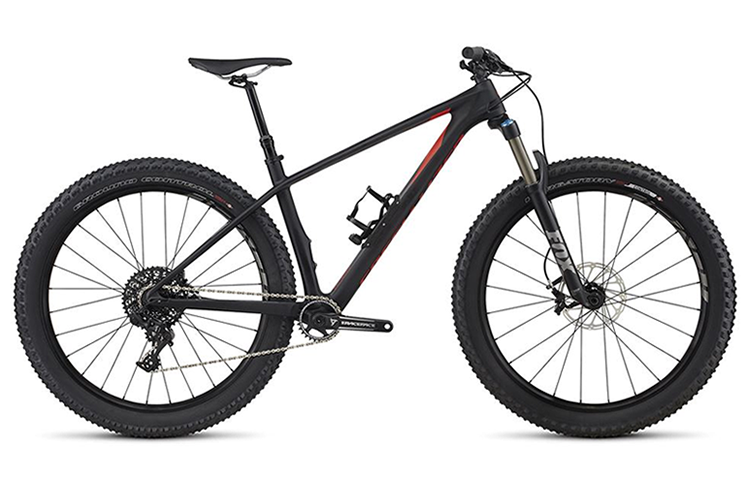
Don’t think Plus is just about making hardtails comfier and faster. Take a look at the sensational spec of Scott’s Genius 700 Tuned 2018 (£6,999) and you’ll see that Plus tyres sit at the cutting edge of mountain bike technology.
